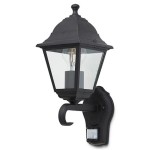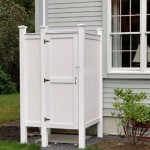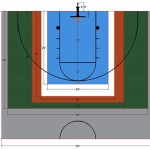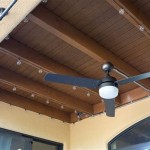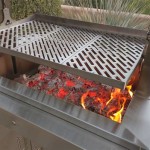Essential Aspects of Light Sensor Outdoor Lamp Posts
Light sensor outdoor lamp posts combine functionality and convenience, providing illumination when it's needed most. They are a popular choice for illuminating walkways, driveways, and other outdoor areas. To make an informed decision when choosing a light sensor lamp post, it's crucial to consider the following essential aspects:
1. Light Output and Lumens
The brightness of a lamp post is determined by its light output, measured in lumens. For general illumination, a light output of 1,000-2,000 lumens is often sufficient. However, for larger areas or brighter illumination, you may need a lamp post with a higher lumen output.
2. Sensor Type and Detection Range
The sensor type and detection range determine how the lamp post detects movement and triggers the light. There are two main sensor types:
- Passive Infrared (PIR) Sensors: Detect changes in infrared radiation caused by moving objects.
- Microwave Sensors: Emit and detect high-frequency radio waves to sense movement.
The detection range typically varies from 10-30 feet, but it can be longer for some models.
3. Light Duration and Adjustment
The light duration refers to how long the lamp post stays illuminated after detecting movement. It is typically adjustable, allowing you to customize the duration to meet your needs. For instance, you may want a shorter duration for areas where you don't need prolonged light.
4. Durability and Weather Resistance
As outdoor lamp posts are exposed to the elements, durability and weather resistance are crucial. They should be made of durable materials such as cast aluminum or stainless steel to withstand extreme temperatures, moisture, and UV radiation.
5. Design and Aesthetics
The design and aesthetics of the lamp post should complement the outdoor space. Consider factors such as the size, shape, and color to ensure it matches your outdoor décor. Lamp posts with decorative elements or unique finishes can enhance the visual appeal of your property.
6. Energy Efficiency
Energy efficiency is an important consideration, especially for frequently used lamp posts. Look for models with LED lights, which are highly energy-efficient and have a long lifespan.
7. Installation and Maintenance
Consider the installation process and maintenance requirements. Some lamp posts can be installed easily, while others may require professional assistance. Proper maintenance, such as cleaning the sensor and replacing the light bulbs, will ensure the lamp post functions optimally.
Conclusion
Choosing the right light sensor outdoor lamp post requires careful consideration of these essential aspects. By taking into account the light output, sensor type, light duration, durability, design, energy efficiency, and installation needs, you can select a lamp post that meets your specific lighting requirements and enhances the safety and aesthetic appeal of your outdoor space.

Dusk To Dawn Motion Sensor Outdoor Post Lights Exterior Lamp Light

Dusk To Dawn Motion Sensor Outdoor Post Lights Exterior Lamp Light

A Guide To Pir Sensors

Solus 6 Ft Broe Outdoor Lamp Post With Dusk To Dawn Photo Sensor Fits 3 In Top Fixtures Sm6 320ncastv Bz The Home Depot

Emliviar Farmhouse Outdoor Post Light With Photocell Sensor 14 5 Inch

Solus Photocell Light Sensor Switch For Hardwire Outdoor Lamp Posts With Ezee Change Plug Dusk To Dawn Control

Dusk To Dawn Sensor Outdoor Lamp Post Light 3 Head Classic Black Pole With Clear Glass Panels Led Bulbs Included Max 100w Waterproof Outside Street For Backyard Garden Driveway Com

How To Replace Repair Of A Lamppost Sensor Simple 15 Diy

Solus 6 Ft Broe Outdoor Lamp Post With Convenience And Dusk To Dawn Photo Sensor Fits 3 In Top Fixtures Sm6 C320ncastv Bz The Home Depot

Dusk To Dawn Sensor Outdoor Lamp Post Light 3 Head Classic Black Pole With Clear Glass Panels Led Bulbs Included Max 100w Waterproof Outside Street For Backyard Garden Driveway Com
Related Posts

